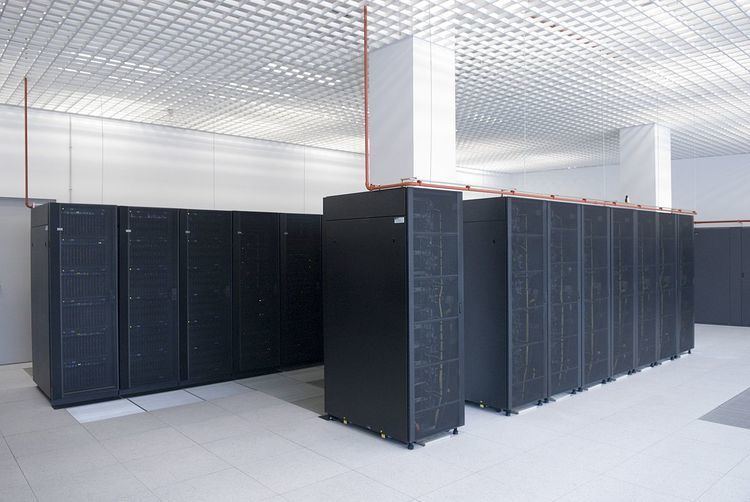 | ||
The Spanish Supercomputing Network (RES, Red Española de Supercomputación) is a scientific network created by the Spanish Education Ministry. The network is composed by several supercomputers distributed over Spain. This institution tries to provide the computing resources needed by researchers in Spain and Europe.
Nowadays, the network comprises eight supercomputers:
All these systems follow the same design, only with different numbers of IBM JS20 or JS21 blades.
History
Spanish Supercomputing Network was created in March 2007 to increase the needs of computing resources in Spain. To achieve this, Magerit and MareNostrum supercomputers were upgraded and the old nodes from MareNostrum were used to create five nodes (Altamira, CesarAugusta, LaPalma, Picasso, Tirant) of the network.
In 2009 Atlante supercomputer joined the network. The software of the supercomputers was upgraded to the same level.
In 2011 Magerit was upgraded and became the most powerful supercomputer in Spain and of this network.
In 2014 it opens in Tenerife, Teide-HPC supercomputer, which is currently the second most powerful in Spain. Its calculation capacity is 10,000 office computers.
In 2015, 5 new nodes became part of the network: Finisterrae II, del CESGA, Pirineus, del Consorcio de Servicios Universitarios de Cataluña (CSUC), Lusitania, de la Fundación Computación y Tecnologías Avanzadas de Extremadura, Caléndula, del Centro de Supercomputación de Castilla y León, Cibeles, de la Universidad Autónoma de Madrid
